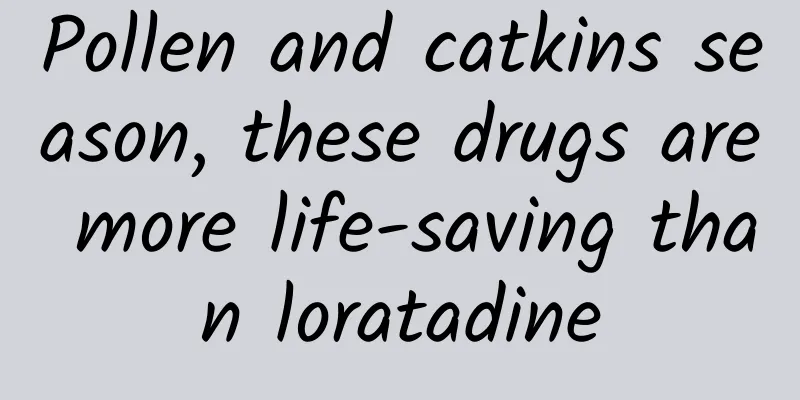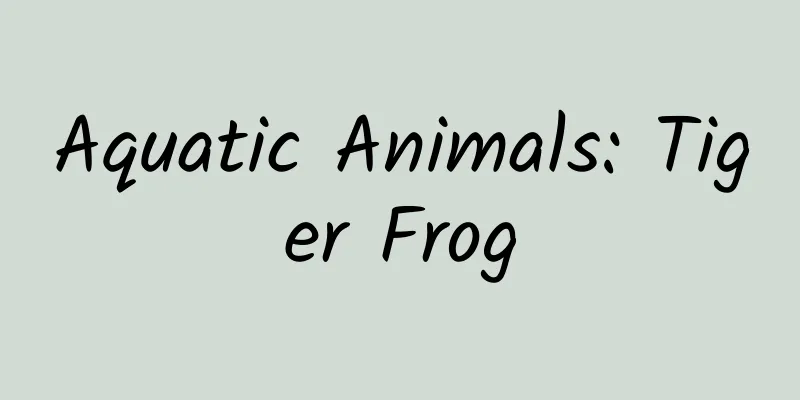Shrimp or "monkey" is actually a "little bug" with strong survival ability.

|
Artemia, also known as Artemia, Artemia shrimp, and sea monkey, is classified as Arthropoda, Crustacea, Acropora, Artemia, Artemia, and is an ancient small crustacean. Artemia is dioecious, and most of what we see are females, and males are extremely rare. The life span of Artemia is affected by the season and environment. It can survive for 2 months in spring, 3 to 4 months in summer and autumn, and some can survive for 9 months. They are concentrated in inland salt lakes and coastal salt pans. The body color of Artemia changes with the salinity of the surrounding water. Individuals living in high-salinity waters have a darker body color, red. Although Artemia is small, it has its own way of survival: Artemia can adapt to a wide range of salinity. Under extreme conditions, it can survive in supersaturated salt water at 340°C or in low-salinity water at 5°C. However, the higher the salinity of the living environment, the smaller the Artemia individuals. Studies have found that the salt flats and salt lakes where Artemia live often dry up and disappear for months to decades. However, when the living environment is suitable, female Artemia will lay thin-shelled eggs and hatch immediately. Once food is scarce or salt concentrations rise, they will lay hard-shelled "cysts", each of which contains almost fully developed larvae. These cysts can withstand harsh environments that are close to complete dehydration, losing more than 97% of their water, at which point their life processes will stop and they will enter a state of suspended animation called "low-humidity dormancy". The embryos can be revived by simply adding water, and the cysts can increase by 1.4 times in less than 24 hours, and then hatch into full-sized larvae. Artemia's reproductive methods are divided into two types: sexual reproduction and parthenogenesis. However, different Artemia species/populations usually only adopt one of them. Artemia in natural ecological conditions in the wild mostly reproduce parthenogenetically. Artemia has a very strong ability to tolerate low oxygen. The oxygen content suitable for normal survival is 0.3mg~0.5mgL. When the oxygen content is lower than 0.3mg, the activity of Artemia is significantly reduced. Artemia has a very strong adaptability to temperature. Its survival temperature range is -3℃~42℃. The suitable growth temperature is 25℃~30℃. Its growth becomes slow below 15℃. Artemia also has a wide range of feeding habits, mainly feeding on planktonic unicellular algae, small protozoa and microorganisms, but also on benthic diatoms and decaying organic debris. When Artemia first hatch, they have only one primitive eye, and then they grow two more complex eyes. This is how Artemia survive in extreme environments. China is a country rich in Artemia resources. The output of Artemia eggs and Artemia ranks first in the world. The amount of Artemia resources can reach 100,000 tons/year to 150,000 tons/year. Artemia has high nutritional value. Its dry protein content is as high as 57%~60%. It also contains a variety of amino acids, vitamins and minerals. Therefore, Artemia is widely used in different fields: Aquaculture: Feeding Artemia in fish and shrimp seedling ponds can effectively reduce residual bait, prevent water quality deterioration, and improve the survival rate of seedlings. Secondly, it can efficiently supplement the protein and other nutrients needed by seedlings, improve the physical fitness of fish and shrimp seedlings, and promote their rapid growth; in the food field: studies have shown that Artemia eggs are rich in protein, long-chain unsaturated fatty acids, trace elements, etc. These substances have high nutritional value and health functions, so people have developed Artemia eggs into health foods; in the agricultural field: the chitin substance and its derivatives contained in the shell of Artemia are a new type of plant growth regulator, which has the effect of increasing the chlorophyll content of leaves, improving seed germination rate and plant height, and can accelerate the hydrolysis of endosperm starch during seed germination, provide sufficient nutrients for seed germination, and is beneficial to the growth of plant seedlings and promote crop yields. Changes in the precipitation distribution pattern and glacier melting caused by climate warming have caused the salinity of many plateau salt lakes to continue to decrease, which may in turn threaten the survival, growth and reproduction of salt lake organisms represented by Artemia. The study found that although the decrease in salinity in Lago Co in the past 25 years has little effect on the overall morphological changes of Artemia, the Artemia in 1996 is significantly larger than that in 2021 in terms of the distance between compound eyes, the length of the second antennae and the outer perimeter of the clasper. This situation reminds us that it is necessary to formulate natural habitat protection policies based on the special conditions of different salt lakes in Tibet, so as to improve the monitoring, assessment and protection system of Artemia resources in Tibet's salt lakes, so as to protect the environment and biodiversity. References: [1]. Liu Xianhua. Research and application of Artemia[J]. China Fisheries. 2023.5. [2]. Wen Binbin. Exploring the survival methods of Artemia[J]. Nature Life. [3]. Yang Jinshu. Research progress on the reproductive mode and regulatory mechanism of Artemia[J]. 2024.6. [4]. Han Xuekai. Impact of climate warming-induced freshening of salt lakes on the morphological and genetic variation of Artemia salina in Laguocuo[J]. Chinese Journal of Fisheries Sciences. 2024.8. |
Recommend
Before going out on May Day, check your bag to see if you have this!
We all know that you can’t eat snail noodles on h...
Huawei and Xiaomi are involved in PC: Is there really no future for the PC industry?
Following Huawei's recent release of the Mate...
Do you need to use antibiotics immediately when you have Mycoplasma pneumoniae infection? Here comes the list of scientific rumors for October →
1. Does Mycoplasma pneumoniae infection require i...
Small wounds can cause big trouble! In what situations do you need a tetanus shot?
The International Federation of Red Cross and Red...
APICloud CEO Liu Xin: Let’s talk about the future of Web App and Native App
Author APICloud Liu Xin's previous article &q...
Really improve conversion rate! Practical skills to guide users to authorize APP to send notifications
The success or failure of the initial authorizati...
Pit and fissure sealing: Let your child's teeth resist "sugar-coated bullets"
After seeing this picture, you must be wondering,...
Xue Song Behavioral Finance, Vol. 1
Xue Song's Behavioral Finance, Issue 1 Resour...
Android game development tools upgraded
Different hardware manufacturers have brought dev...
It's not that bagels are too expensive, but steamed buns are more cost-effective? What's the difference between the two?
Author: Fluent Not long ago, a short video went v...
This year, the scale of my country's car rental market will increase to 65 billion yuan, and "activating the stock" will make shared cars return to their original position
Scan the QR code with your mobile phone to drive ...
Priced at over 3,000 yuan, can Le Max prove the “super name” of LeEco phones?
LeEco launched three new models at a press confer...
In the live streaming melee, will the five major camps of YY, Yingke, Momo, KK and Douyu be formed soon?
With the rise of internet celebrities such as Pap...
Chinese research team has made breakthroughs in intelligent oxygen production technology on Mars. Human migration to Mars is no longer a dream!
On the 14th, the team of Professors Luo Yi, Jiang...
Don't squeeze hard little lumps on your skin! They are prone to recurrence and leave scars
Many people like to scratch their skin when they ...









